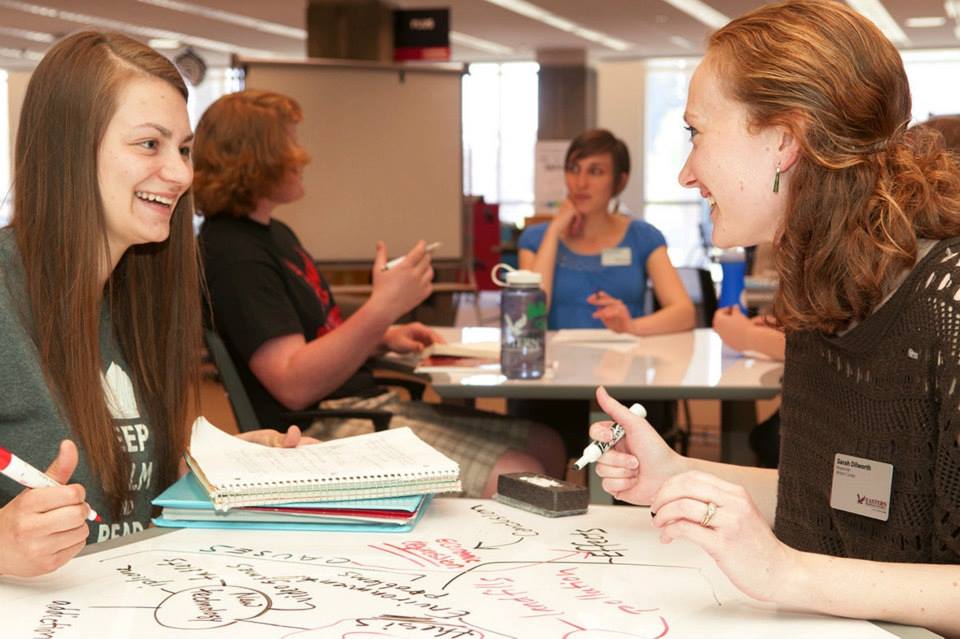Revising, Editing, and Proofreading Overview
| Successful writers use a writing process. This process consists of revising, editing, and proofreading to create writing that is clear, organized, and effective. |
Revising
- Set aside your writing for a few days (or hours, if you procrastinated), in order to clear your head. This will help you approach the work with fresh eyes.
- When you return to the work, concentrate on the overall content, focus, and organization.
- Think about the big picture. What do you want the reader to know about your topic? Do the topic sentences complement the thesis?
- Ask yourself questions: Who will be reading this? What are their needs and expectations? Am I communicating my ideas effectively?
A reverse outline is a great tool writers can use to look at the organization and focus of their draft. Here are some guidelines for how to create a reverse outline.
Editing
- Don’t edit too soon. Wait until you feel confident in your paper's focus and organization.
- Look at your transitions. Try making a paragraph using only your thesis and topic sentences. Does the paragraph make sense? If not, it may be a sign that your topic sentences are not yet logically guiding your reader through the paper.
- Go over your paper sentence by sentence. Are the ideas stated clearly? Look at word choice and sentence structure. Do you find yourself using the same words/phrases over and over?
- Try reading your paper aloud—hearing it helps make sure your ideas are stated clearly, and you will likely catch other small errors in the process.
Proofreading
- Begin by choosing an excellent grammar resource you can return to again and again to familiarize yourself with the rules of English grammar that you're less comfortable with. Your English 101 or 201 handbook or websites like the Purdue OWL and our Grammar, Punctuation, and Sentences guide are great options.
- Check for one type of error at a time—don’t overwhelm yourself.
- Are you making the same errors over and over? Identify them.
- You are smarter than your word processor—don’t rely on it to correct mistakes.
- Check your formatting!
- An extra set of eyes always helps. Swap papers with a friend, a classmate, or…pick a couple of error types to focus on and make a Writers’ Center Appointment!
Flow
Have you been told your paper doesn't flow? Often, the problem is that your sentences are awkward. You might be trying to say too much, or you might not have said enough.
The best way to find and correct awkward or run-on sentences is to read your paper out loud. You can only pause at punctuation, and you can only breathe at end punctuation (periods, question marks and exclamation points). If you're running out of breath, you may have some run-ons. Alternatively, if you're hyperventilating because you're breathing too often, your sentences are short and choppy. Make sure your writing sounds natural. If it doesn't sound right, it probably isn't right. Your paper should sound smooth, as if you were talking to someone.
In the writing world, we sometimes use the term sentence clarity, rather than flow, to describe awkward writing.
Click HERE for strategies to improve clarity.
Click HERE for good examples to help you combine short, choppy sentences.
Click HERE for a method to shorten up wordy sentences.
